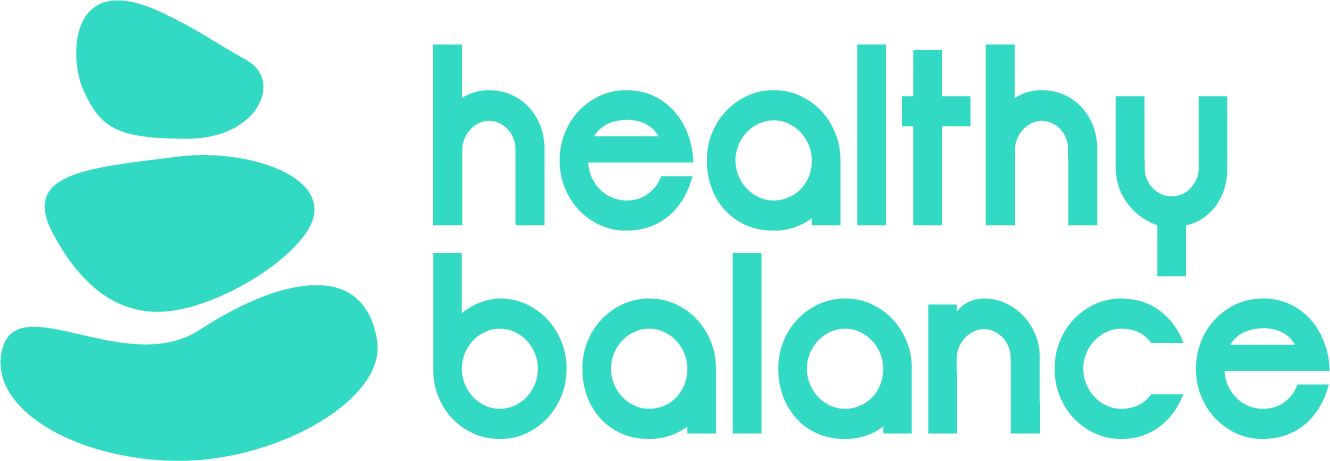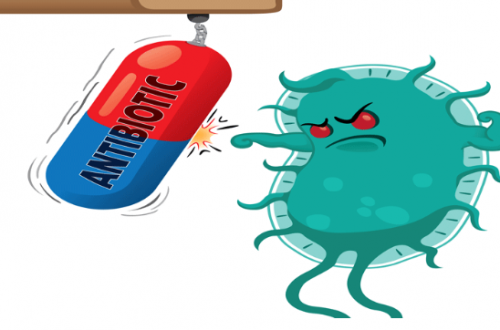In recent years, Electronic Signatures have become even more essential to hospital processes. In fact, with a 2016 study showing that 96% of hospitals in the U.S. are using EHR systems following the Health Information Technology for Economic and Clinical Health Act (HITECH) of 2009, electronic signature usage has become even more essential.
A lot of skill, hard work, and dedication goes into the management of a hospital. Fortunately, over the years, a wide variety of software and applications have developed to support hospital staff and ensure they can continue to provide the best in patient care. Electronic health record (EHR) software, medical billing software, medical imaging software, RX software, and free electronic signature software options have become integral tools for hospital personnel to keep things running smoothly.
Have you ever stopped to look around a hospital and marvel at the well-oiled machine that it is? Doctors and nurses working in sync, administrators managing thousands of incoming and outgoing patient data, and patients being strategically and professionally care for around the clock.
Table of Contents
What Is the HITECH Act?
The Health Information Technology for Economic and Clinical Health Act (HITECH) had introduced and signed into law in 2009 in an attempt to streamline the sharing and maintenance of health information technology.
Since HITECH had introduced, the volume of hospitals using electronic health records (EHR) systems went from 10% to 96%. This is a remarkable and impactful change because it allows hospitals, vendors, healthcare professionals, and patients to benefit from:
HIPAA and Electronic Signatures
The Health Insurance Portability and Accountability Act (HIPAA) had established in 1996 to outline and regulate the requirements of those in the healthcare industry to communicate clearly and consistently through a singular billing system (currently ICD-10) and reduce fraud and implement protection for patient’s PHI.
The use of electronic signatures by healthcare professionals has directly supported HIPAA compliance requirements by providing more stable record auditing, quicker providing and approval of privacy policies, and more efficient and accessible data sharing.
During an average hospital day, electronic signatures has used in a variety of ways. Below are some of the most common ways e-signatures support vital medical processes for staff and patients throughout the hospital setting.
Client Charting:
Charting is a vital process in hospitals that documents patient medical history, health complaints, observations, and anything else pertinent to care. Chart notes often need to sign off on by doctors, physician assistants, nurses, physical therapists, and patients. This important process has easily conducted with electronic signatures from patient bedsides or anywhere within the hospital.
Prescriptions:
With electronic signatures, physicians and nurses can easily prescribe important medication while on the go and while visiting patients. Digital RXs and electronic signatures have made patient care during hospitalization much easier, as well as streamlining the discharge process by allowing prescriptions to send directly to the pharmacy for filling.
Medical Billing:
With electronic signatures integrated into medical billing software, billing specialists can get agreements signed, bill patients and esign insurance companies, receive payment and provide receipts faster than ever before.
Procedure Approvals:
In hospitals, time is often of the essence. Electronic signatures play a pivotal role in ensuring urgent and necessary patient procedures has approved quickly and easily by patients and their families and doctors.
Pharmacy Transactions:
Pharmacists can ensure timely vendor deliveries and tracking of released medication by incorporating electronic signatures into their systems. Pharmacists can track medications from order to dispensation with digital signatures, all with a few button presses.
Vendor Scheduling and Payment:
It takes a lot to keep hospitals running smoothly. With electronic signatures and digital ordering, hospital administrators can make sure PPE, food, medication, medical devices, cleaning supplies, and more are all delivered regularly and on time.
Patient Privacy Notices:
Firstly, HIPAA law requires that patient privacy notices have provided promptly and signed at the time of service. Secondly, Records of patient acknowledgment has kept for at least seven years (sometimes 10 for Medicare). Along with patient chart notes and medical records. At last, Digitizing this process has provided healthcare workers the ability to bypass lengthy paperwork waiting periods and provide faster patient care.
Audits:
At last, every healthcare worker and a hospital is familiar with the dreaded audit. While not a fun process, it’s necessary and can go a lot smoother when medical records and their coinciding history are easily accessible to auditors. The auditing process, it’s important that inspectors can see the trail of ownership and possession. Fortunately, digital signatures allow easy proof of when, where, and who signed each document.






